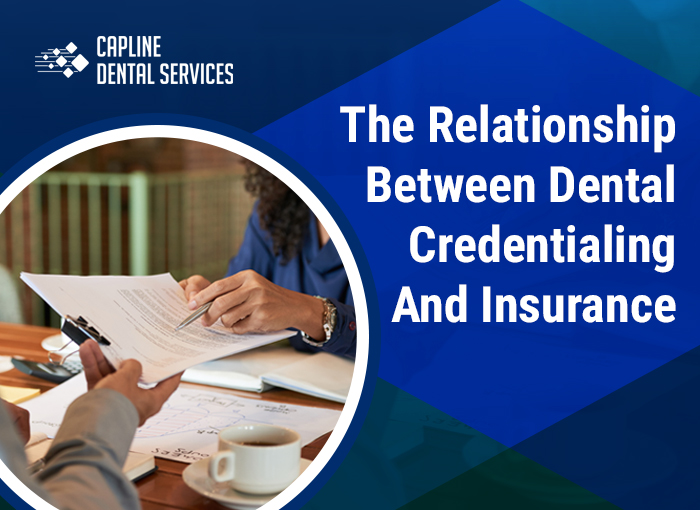
As a dedicated dentist, you prioritize top-notch patient care and collaborate with dental insurance providers to ensure timely payments. For efficient billing processes, it's crucial for dental practices to have a robust insurance credentialing process in place. Outsourcing this task to third parties, such as Capline Dental Services, can streamline billing. Their team of credentialing specialists knows precisely who to contact, which documents are needed, and how to navigate the process.
What is Dental Credentialing?
Dental credentialing involves a dental practitioner entering into a contractual agreement with insurance providers and accepting the negotiated fees set by the insurer. The insurance carrier reviews the practitioner's professional records and verifies them thoroughly. This process requires a focused approach and consistent follow-ups to ensure accuracy. Though it can be time-consuming, proper dental credentialing is essential to prevent claim rejections.
The vetting process includes verifying the practitioner's education, career history, training, license, malpractice history, and more. A correctly credentialed dentist ensures a smooth and hassle-free insurance billing process.
To join an insurer's network and receive reimbursement, dental practitioners undergo a rigorous credentialing process. This process starts with an application where the insurer collects information about the practitioner and their practice. After the initial screening, the insurer conducts an onsite visit to verify that the practitioner meets all credentialing requirements. This includes checking qualifications, credentials, and experience. The insurer aims to ensure that only the most qualified and reputable dental practitioners join their network, thereby providing patients with exceptional care and service.
Credentialing for Billing Processes:
Given the current landscape, dental credentialing has become a pivotal aspect of growth for dental practices. Previously, it held less significance in expanding the patient base. However, as patients now prefer in-network providers for cost-effectiveness, this shift has increased the online visibility of dental practices, attracting more potential patients. This change positively impacts revenue streams.
Provider enrollment or insurance credentialing, as some call it, instills confidence in patients, assuring them of their chosen dental care provider's credibility.
Relationship between Billing Processes & Dental Credentialing:
Credentialing, while essential, can be time-consuming and complex, sometimes acting as a barrier to patient care. For instance, if a dental provider is preoccupied with credentialing paperwork, patients may feel neglected. However, with Capline Dental Services, experts collaborate with the practice to alleviate this burden and assist in the enrollment process.
The credentialing process encompasses creating a profile, submitting the enrollment application, following up with insurance companies to expedite network inclusion, receiving updates about credentialing status, and negotiating fee schedules with insurers when possible. Typically, this process spans 3-4 months.
Proper dental credentialing simplifies the billing process, reducing the likelihood of claim rejections. The time and energy invested in patient care become more valuable when paired with profitability and growth opportunities.
Mistakes to Avoid in Dental Credentialing for Efficient Billing Processes:
In conclusion, while tooth extraction may sometimes be necessary, adhering to the recovery guidelines outlined in this article can minimize pain and complications.